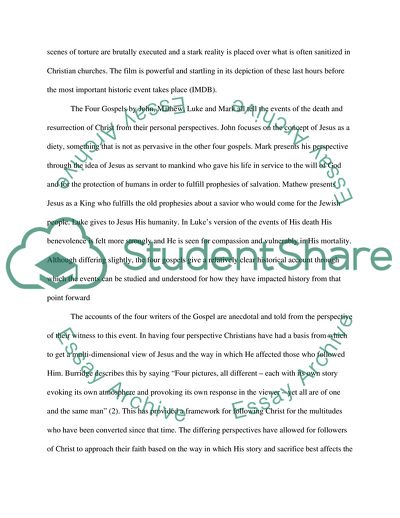Cite this document
(The Four Gospels which Give Perspectives on the Events of Christs Life Essay Example | Topics and Well Written Essays - 2500 words, n.d.)
The Four Gospels which Give Perspectives on the Events of Christs Life Essay Example | Topics and Well Written Essays - 2500 words. https://studentshare.org/religion-and-theology/1801578-religion-essay
The Four Gospels which Give Perspectives on the Events of Christs Life Essay Example | Topics and Well Written Essays - 2500 words. https://studentshare.org/religion-and-theology/1801578-religion-essay
(The Four Gospels Which Give Perspectives on the Events of Christs Life Essay Example | Topics and Well Written Essays - 2500 Words)
The Four Gospels Which Give Perspectives on the Events of Christs Life Essay Example | Topics and Well Written Essays - 2500 Words. https://studentshare.org/religion-and-theology/1801578-religion-essay.
The Four Gospels Which Give Perspectives on the Events of Christs Life Essay Example | Topics and Well Written Essays - 2500 Words. https://studentshare.org/religion-and-theology/1801578-religion-essay.
“The Four Gospels Which Give Perspectives on the Events of Christs Life Essay Example | Topics and Well Written Essays - 2500 Words”. https://studentshare.org/religion-and-theology/1801578-religion-essay.


